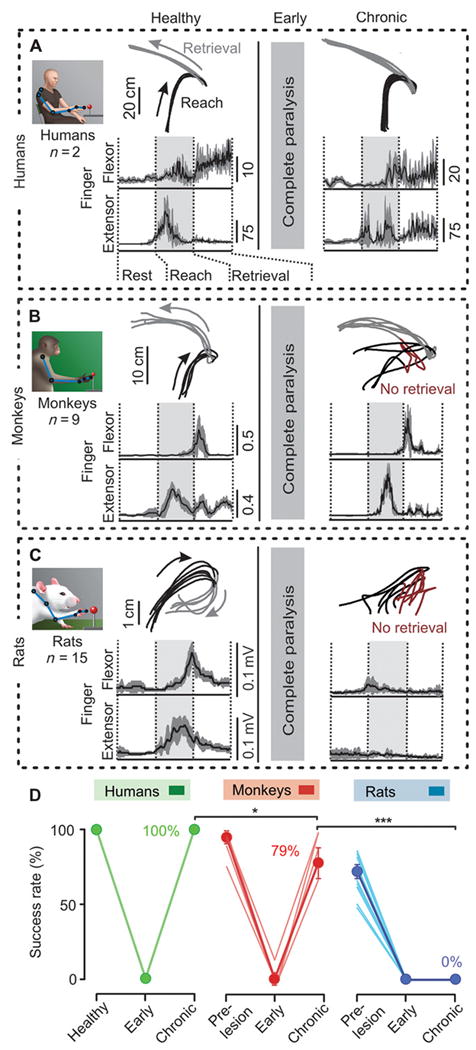Figure 5. Monkeys and humans show greater recovery of hand function compared to rats.

(A to C) Upper limb endpoint trajectories during reach and retrieval. Failures of item retrieval are displayed in dark red, seen post-SCI in rats and monkeys but not in humans. Averaged EMG activity (+/- s.e.m., in grey) of the extensor digitorum communis and flexor digitorum muscles is shown during successive retrievals before the injury (or healthy) and at chronic time-points post-SCI in humans (A), monkeys (B), and rats (C). (D) Percent of successful object retrieval for each subject. *P<0.05, ***p < 0.001, ANOVA. Data are means +/- s.e.m. (n indicated in (A to C)).
